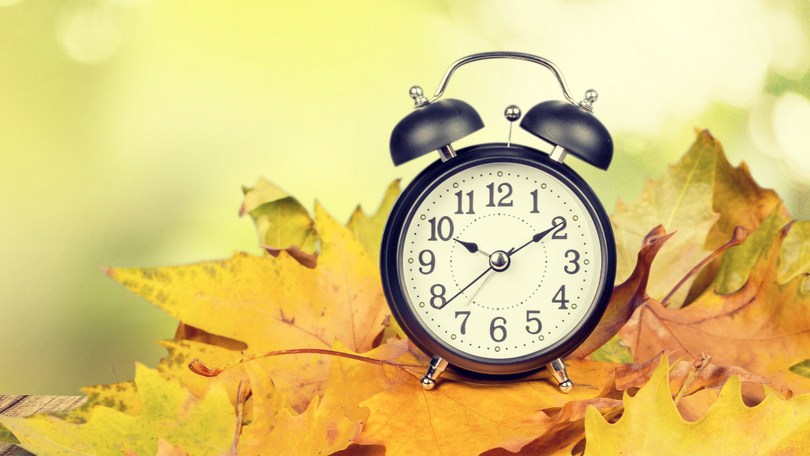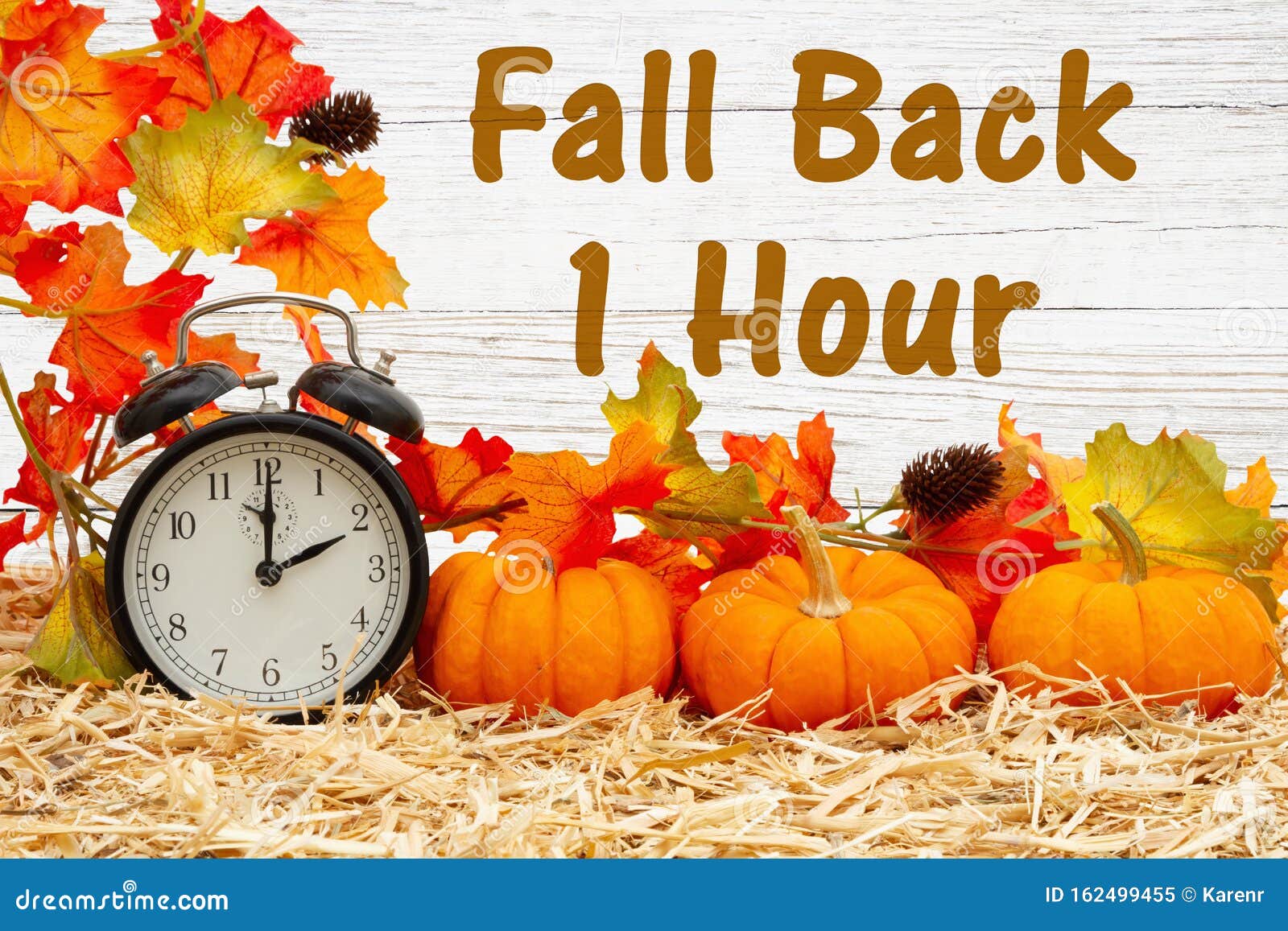

These external factors can make insomnia even worse. Turn off electronics, don’t drink caffeine and don’t exercise close to bedtime. Insomnia is often associated with daylight saving time’s end.

This eases your body into the new schedule slowly rather than forcing a harsh change on Sunday. Start going to bed and waking up 10 to 15 minutes earlier each day. In the days leading up to the fall time change, adjust your sleep schedule. And this can cause a negative ripple effect, messing with your whole body’s circadian rhythm and leading to insomnia or unexpected sleepy spells throughout the day.įollow these three tips to help you avoid the negative effects of the end of daylight saving time: It forces your brain to adjust to the new patterns of light and dark. The end of daylight saving time forces you to do more than just turn back your clocks. 3 Health Tips for Adjusting to the Fall Time Change

The abrupt time change (it literally happens overnight) changes the natural patterns of light and dark that your brain has gotten used to. These issues are caused by the bi-annual disruption of your body’s circadian rhythm, which regulates many aspects of life - like the times in the day when you feel drowsy or alert.

These disruptions lead to lower energy and a loss in productivity. Your internal body clock is thrown off - and so are your sleeping patterns and eating habits. Fortunately, falling back an hour is less harsh on your body than springing forward - so the real internal adjustment comes in March.īut falling back an hour can still cause disruptions. The proposal stated: “The state of Montana rejects switching between standard time and daylight saving time and elects to remain on daylight saving time in Montana throughout the year.” The bill was tabled in committee and no further action was taken.Fall is here, which means it’s time to fall back an hour.īe sure to set your clocks back one hour and enjoy that extra 60 minutes of sleep!Īs sweet as an extra hour of sleep can be, the end of daylight saving time can affect your body for over a week. A bill was intoduced in the Legislature in 2017 to exempt Montana from the time-change the bill died in committee.Īnd in the 2011 Legislature, MT State Representative Kris Hansen (R-Havre) introduced a similar proposal to take Montana off of the time-changing standard. That was not the first attempt by Montana legislators to make the change. In February 2019, a Montana Senate panel killed a bill that would have asked Montana voters whether they want to end daylight-saving time in the state. Other people, however, don’t like the idea of trying to trick our bodies and our daily routines by adjusting the clocks. Some people enjoy the twice-yearly ritual of tinkering with time, feeling that “springing forward” or “falling back” helps to usher in a more seasonal atmosphere. Daylight Saving Time has been in use throughout much of the United States, Canada and Europe since World War I. The basic idea is to make the best use of daylight hours by shifting the clock forward in the Spring and backward in the Fall. Benjamin Franklin is credited with the concept of Daylight Saving Time.


 0 kommentar(er)
0 kommentar(er)
